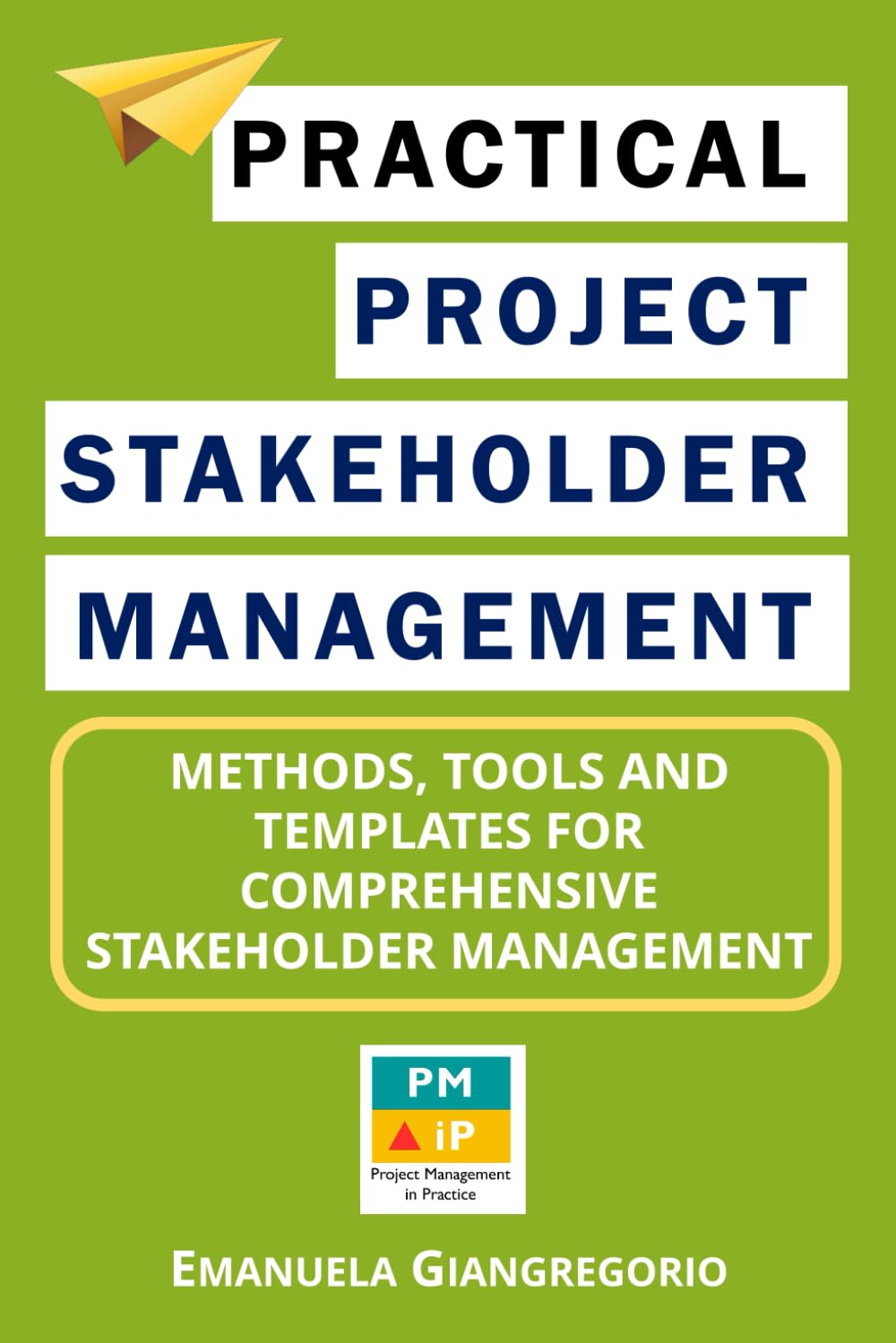
Project Stakeholder Management
What is Project Stakeholder Management?
Project stakeholder management is the process of identifying, analyzing, engaging with, and communicating with individuals or groups who have an interest in or are affected by a project. These stakeholders may influence project outcomes through their support, resistance, or involvement. The goal of this process is to manage stakeholder expectations and maintain positive relationships throughout the project life cycle. It is a critical element in ensuring project success, especially when dealing with competing interests, complex environments, or high-impact deliverables.
Stakeholders can include internal team members, clients, vendors, government agencies, or members of the public. Effective stakeholder management begins early in a project and continues through to completion. It involves gathering information about stakeholder needs and levels of influence, developing engagement strategies, and communicating in a timely and transparent manner. When executed correctly, this process helps secure stakeholder buy-in, reduce resistance, and avoid project delays or conflicts.
Key Points
- It includes identifying all individuals or groups affected by the project or who may have an influence on it.
- Stakeholder analysis helps determine each party’s level of influence, interest, and impact.
- The project managers tailor engagement strategies to different stakeholders based on their roles and concerns.
- Ongoing communication ensures alignment and responsiveness throughout the project.
- Poor stakeholder management can lead to missed requirements, project delays, or failure.
Related Terms
- The project charter often identifies key stakeholders and sets the tone for initial engagement.
- A stakeholder register is a living document used to track stakeholder details, interests, and levels of influence.
- Effective communication management is essential for keeping stakeholders informed and engaged.
- Change management supports stakeholders in adapting to project-related changes.
- A risk management plan often considers stakeholder expectations and potential opposition.
Project Stakeholder Management: Example
During a city infrastructure upgrade, the project team identifies nearby residents, business owners, and local government as key stakeholders. The team conducts interviews, distributes surveys, and holds public meetings to gather information about concerns regarding noise, traffic, and construction timelines. Regular newsletters and updates are shared, while stakeholder feedback is used to adjust schedules and mitigate disruptions. As a result, the project maintains community support and avoids costly delays.
Project Stakeholder Management: Best Practices
- Begin stakeholder identification during the project initiation phase.
- Prioritize stakeholders based on influence and interest using a stakeholder matrix.
- Communicate regularly and clearly using methods suited to each audience.
- Document all interactions and feedback to ensure accountability and facilitate future reference.
- Adjust engagement strategies as stakeholder needs or project circumstances change.
Additional Resources
Preparing for a PMI certification?
- Exam Prep Courses: PMP®, CAPM®, and PMI-ACP®
- Exam Simulators: PMP®, CAPM®, PMI-ACP®, PMI-PBA®, PMI-RMP®, PMI-SP®, PgMP®, and PfMP®
- Professional Development Units (PDUs): 15, 30, and 60 PDU Bundles




